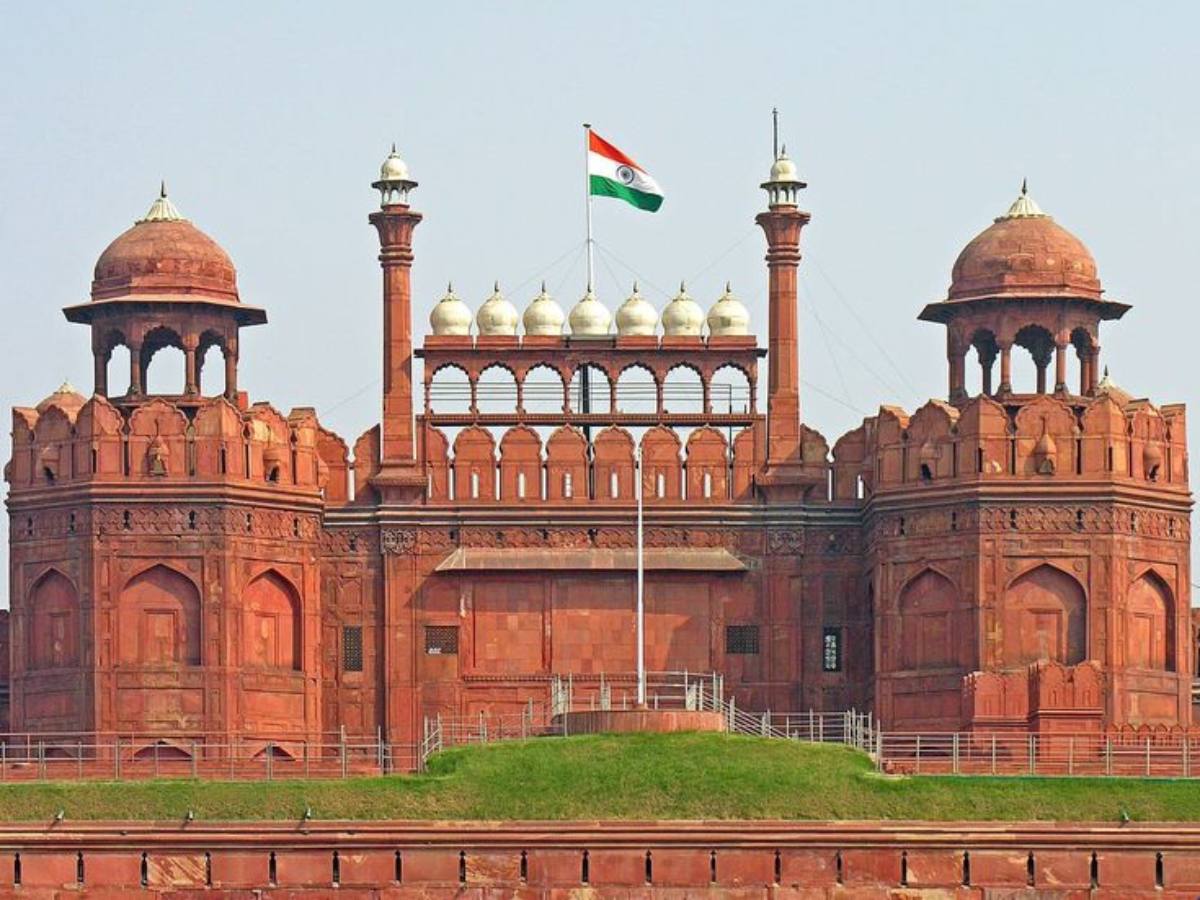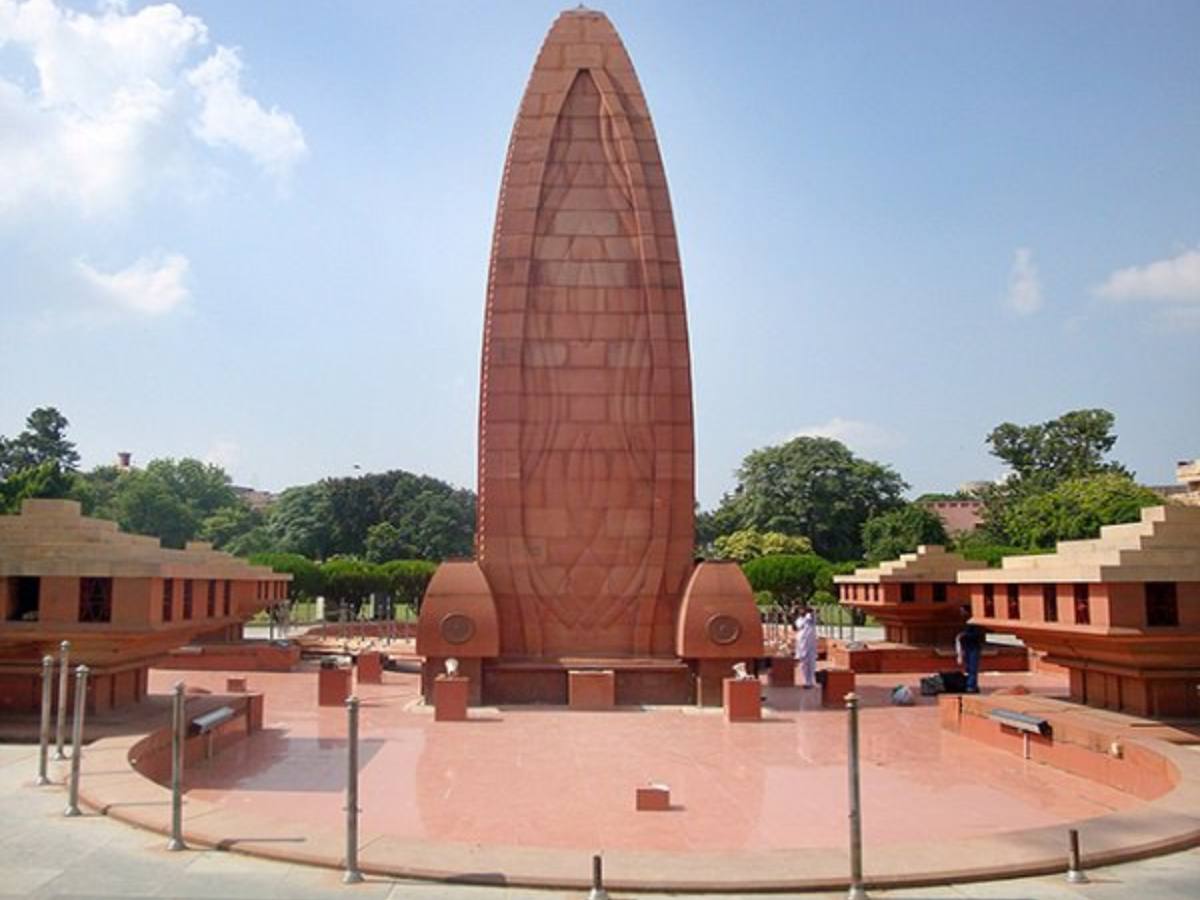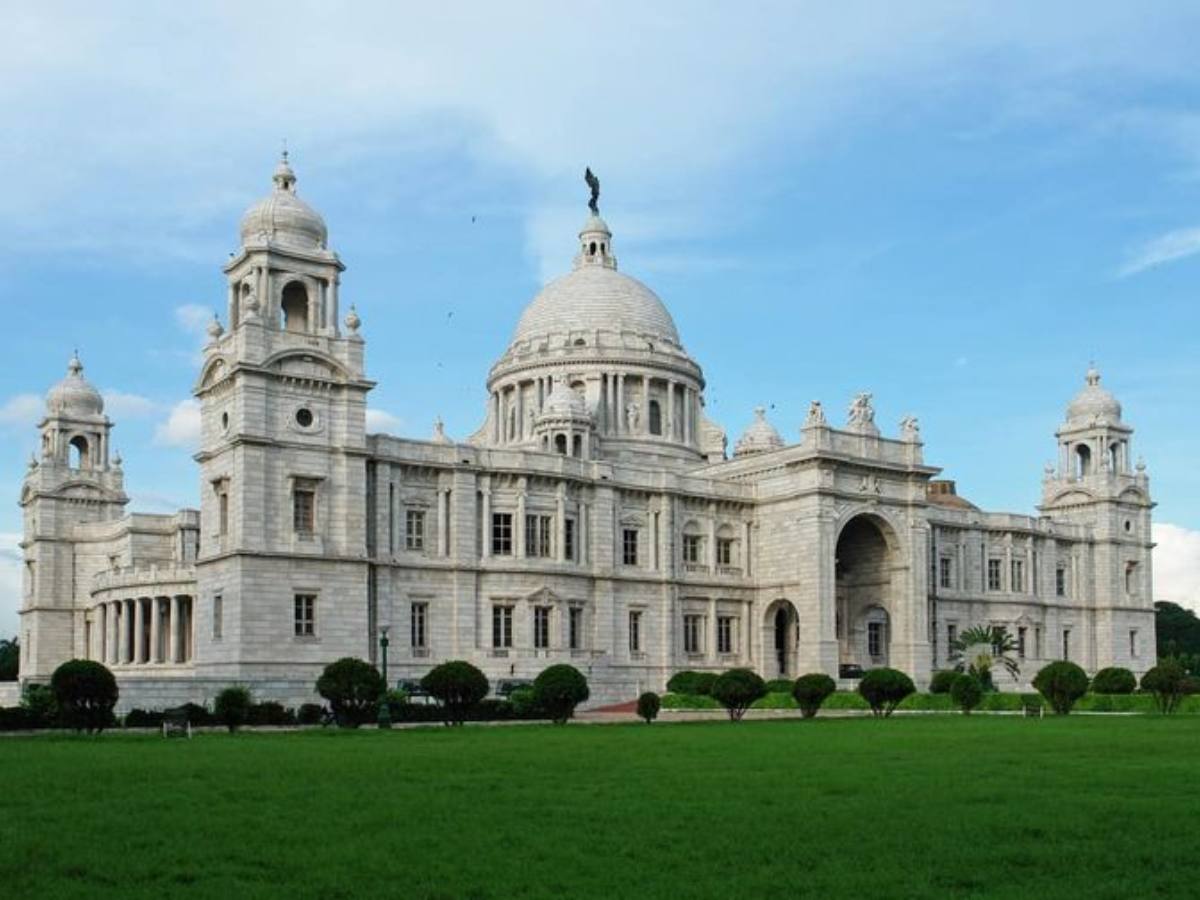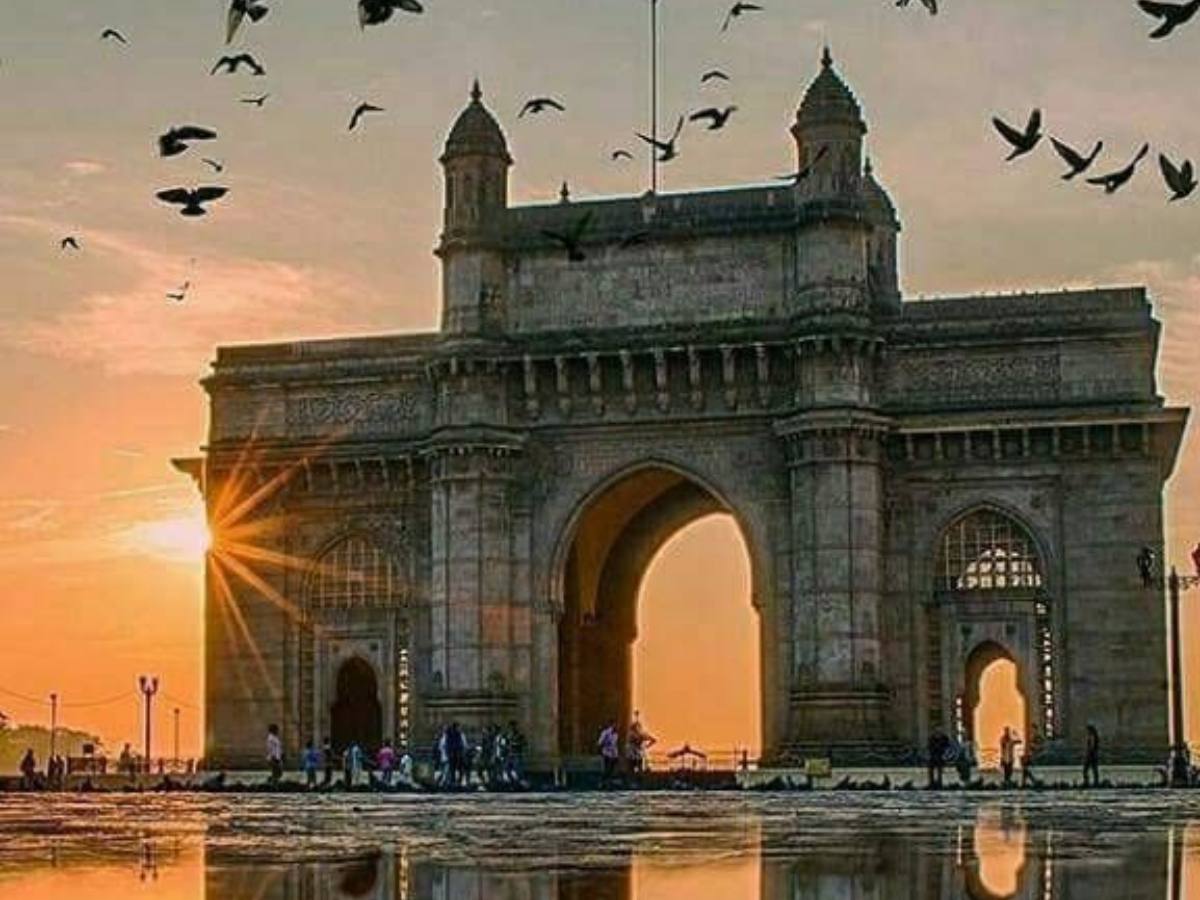India’s 79th Independence Day: These Historic Monuments Will Make You Feel Proud To Be Indian
History doesn’t whisper. It roars.
On August 15, as the tricolour flutters across 1.4 billion hearts, something stirs in the stones of India. From snow-capped peaks to sun-drenched coasts, the country doesn’t just celebrate freedom—it lives in it. And nowhere is that legacy more visible than in the monuments that have stood through empires, revolutions, and rebirths.
Most people think of the Taj Mahal. Of course they do. But what if we told you: Independence Day isn’t for the obvious. It’s for the profound. For structures that don’t just impress the eye, but stir the soul—where every arch, every step, every shadow tells a story of resistance, resilience, and revolution.
Let’s walk through the spine of a nation, where emperors once ruled, freedom fighters once dreamed, and history still breathes through ancient walls.
What makes India’s Independence Day different from any other national celebration?
It’s not just the date. It’s the depth.
India didn’t just gain independence. It reclaimed it. After 200 years of colonial rule, the nation didn’t just raise a flag—it resurrected a civilization. And its monuments? They are not relics. They are reminders.
Unlike other nations where history is neatly boxed in museums, in India, history lives. It echoes in the ramparts of forts, glows in temple carvings, and stands tall in modern memorials. On the 79th Independence Day, visiting these sites isn’t tourism—it’s pilgrimage.
This is a day to remember who we were, who we fought to be, and who we continue to become.
Tired of just watching flag-hoisting on TV? These 7 iconic monuments demand your presence
1. Red Fort, Delhi : The Birthplace of a Free India

You’ve seen it on TV every August 15. But have you stood where Nehru raised the tricolour in 1947?
The Red Fort isn’t just sandstone and Mughal grandeur. It’s the beating heart of modern India. Built by Shah Jahan, it became the stage for the nation’s rebirth. On Independence Day, the Prime Minister hoists the flag from its ramparts, echoing a promise made to a billion people. But beyond the ceremony, walk the Diwan-i-Aam. Feel the weight of history in the vaulted halls. Imagine the whispers of revolution in the Hayat Baksh Garden.
This isn’t just a fort. It’s a living classroom of freedom.
2. Cellular Jail, Andaman : Where Silence Was a Weapon
Most people visit the Andamans for beaches. But the real soul of the islands lies in Port Blair’s Cellular Jail. Known as Kala Pani, this British-era prison was built to break rebels. Instead, it forged them. Bhagat Singh, Savarkar, and countless unknown fighters were tortured here. Yet, their spirit never broke.
Today, the jail hosts a moving light-and-sound show every evening—a tribute to those who paid the ultimate price. On Independence Day, standing in that courtyard, you don’t just remember freedom. You feel its cost.
3. Jallianwala Bagh, Amritsar : A Garden That Never Forgets

In 1919, General Dyer’s bullets turned a peaceful gathering into a massacre. 379 dead. Over 1,000 injured. All in minutes. Today, Jallianwala Bagh is a memorial garden, but the air still holds sorrow. The narrow entrance, the bullet marks on walls, the well where people jumped to escape—each step is a prayer.
On August 15, as the nation celebrates, this site reminds us: freedom was bought with blood. And memory is the first duty of liberty.
4. Sabarmati Ashram, Ahmedabad : Where the Dandi March Began
This wasn’t just Gandhi’s home. It was the war room of non-violence. From this peaceful riverside ashram, Mahatma Gandhi launched the Salt Satyagraha in 1930—a 24-day march that shook the British Empire. Walk through the museum. Read his letters. Sit by the same well he used.
On Independence Day, the silence here speaks louder than any speech. It says: Courage doesn’t need a sword.
5. Victoria Memorial, Kolkata : The Irony of Empire

Built to glorify British rule, this grand marble palace now stands as a museum of that very empire’s end.
The irony is poetic. Once a symbol of colonial pride, today it’s a space for Indian art, history, and reflection. Stroll through its gardens on Independence Day, and you’re walking on the ruins of arrogance. The chandeliers still shine, but the crown is gone.
It’s a reminder: no empire lasts. But culture? That’s eternal.
6. Charminar, Hyderabad : Where Cultures Converged
Built in 1591, this four-towered monument stands at the heart of Hyderabad—not just geographically, but culturally. It symbolizes the fusion of Persian, Islamic, and Indian traditions. And in a free India, it stands as proof of our pluralism. On Independence Day, the area buzzes with tricolour flags, biryani stalls, and children singing patriotic songs in Urdu, Telugu, and Hindi.
Charminar isn’t just architecture. It’s unity in stone.
7. Gateway of India, Mumbai : Where Empire Left, and Pride Entered

Constructed to welcome a British king, the Gateway of India witnessed the exact opposite in 1948—when the last British troops marched out. That moment, silent and symbolic, marked the end of an era. Today, it’s a gathering place for dreams—tourists, lovers, protesters, and poets. On Independence Day, stand beneath its grand arch and look out at the Arabian Sea. The waves haven’t changed. But the people have.
This is where India said, We are no longer subjects. We are sovereign.
Why visit monuments on Independence Day? Isn’t it just another holiday?
Let’s flip that.
Independence Day isn’t just a holiday. It’s a reckoning.
Monuments aren’t just for photos. They’re for presence.
When you stand where history happened:
- You don’t just learn about sacrifice. You honor it.
- You don’t just see architecture. You feel legacy.
- You don’t just celebrate freedom. You renew your promise to protect it.
This isn’t nostalgia. It’s responsibility.
Practical Tips: How to Honor History Like a True Patriot
- Go early.
Beat the crowds. Arrive at sunrise. Watch the flag go up in silence.
- Carry a story, not just a camera.
Read about the monument before you go. Share it with your kids. Make history personal.
- Respect the space.
No loud music. No graffiti. These sites are sacred.
- Support local.
Buy from nearby vendors. Hire local guides. Keep the spirit of swadeshi alive.
- Leave a note.
At Sabarmati or Jallianwala Bagh, write a message of gratitude. Let the stones know we remember.
The hidden power of monuments: Why this matters beyond patriotism
This isn’t just about pride.
When you visit these sites:
- You keep memory alive in an age of forgetting.
- You support communities that depend on cultural tourism.
- You teach the next generation that freedom isn’t free—it’s fought for.
Every footstep on these stones strengthens the foundation of the nation.
In short: your visit isn’t just a trip. It’s an act of citizenship.
So what’s stopping you?
A long queue? That’s part of the journey.
A hot day? That’s how freedom feels—earned, not given.
India, when remembered, becomes powerful. And while the country celebrates with parades and sweets, somewhere not far off, a flame burns in an eternal lamp. A guard stands at attention. A child recites the national pledge.
And someone, you, could be there, not just watching—but witnessing.
Not for a post. Not for a filter.
Just for the truth.
Final Thought
Don’t just celebrate Independence Day.
Enter it.
The next time August 15 arrives, don’t just wave a flag at home.
Go to the places where the flag was won.
Because history doesn’t send reminders.
It leaves monuments.
And they’re waiting for you.
News